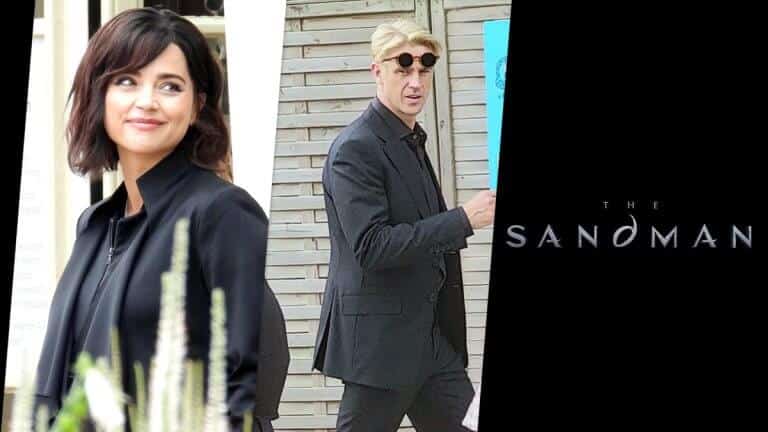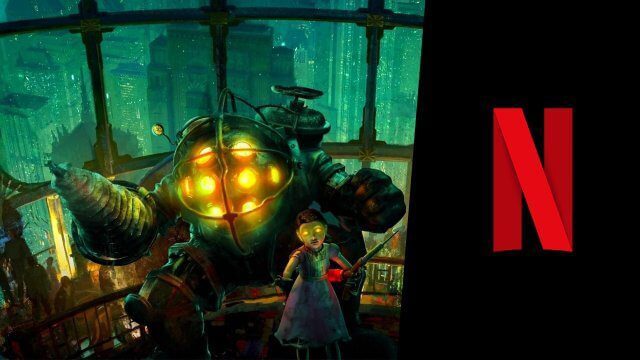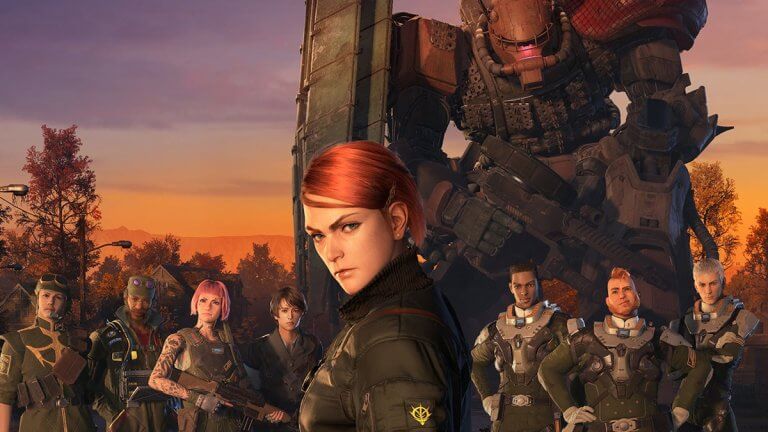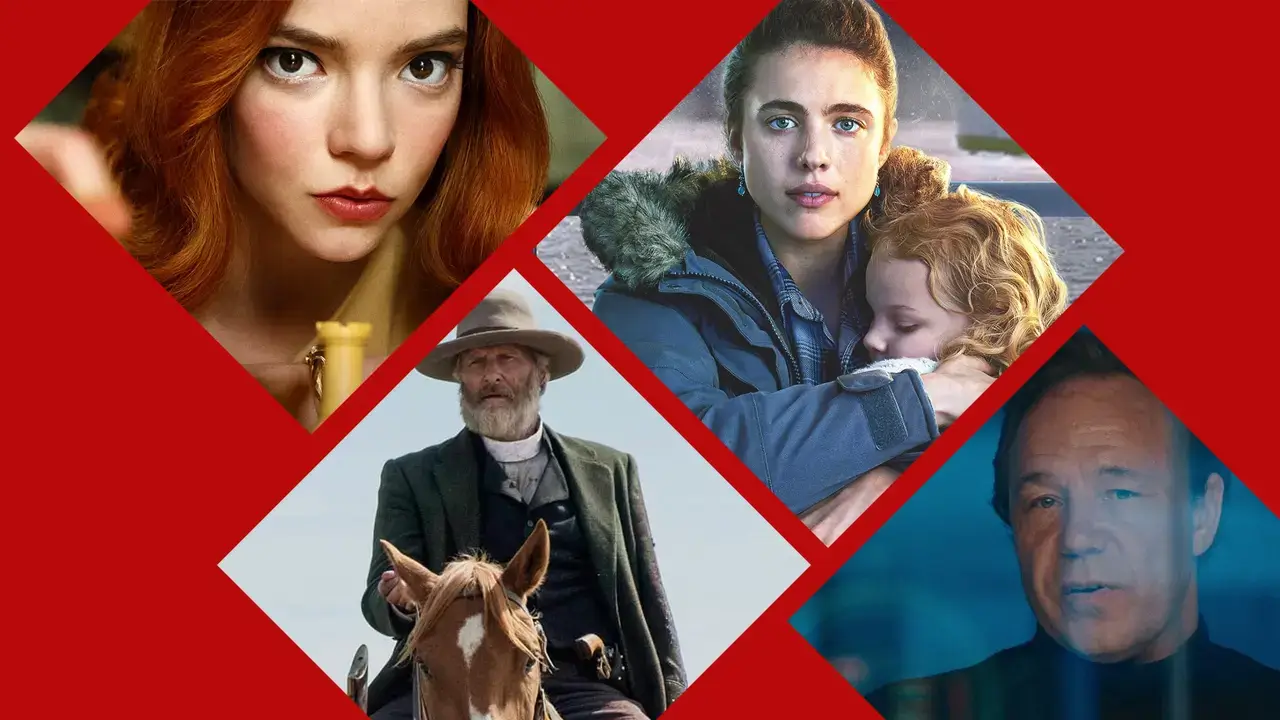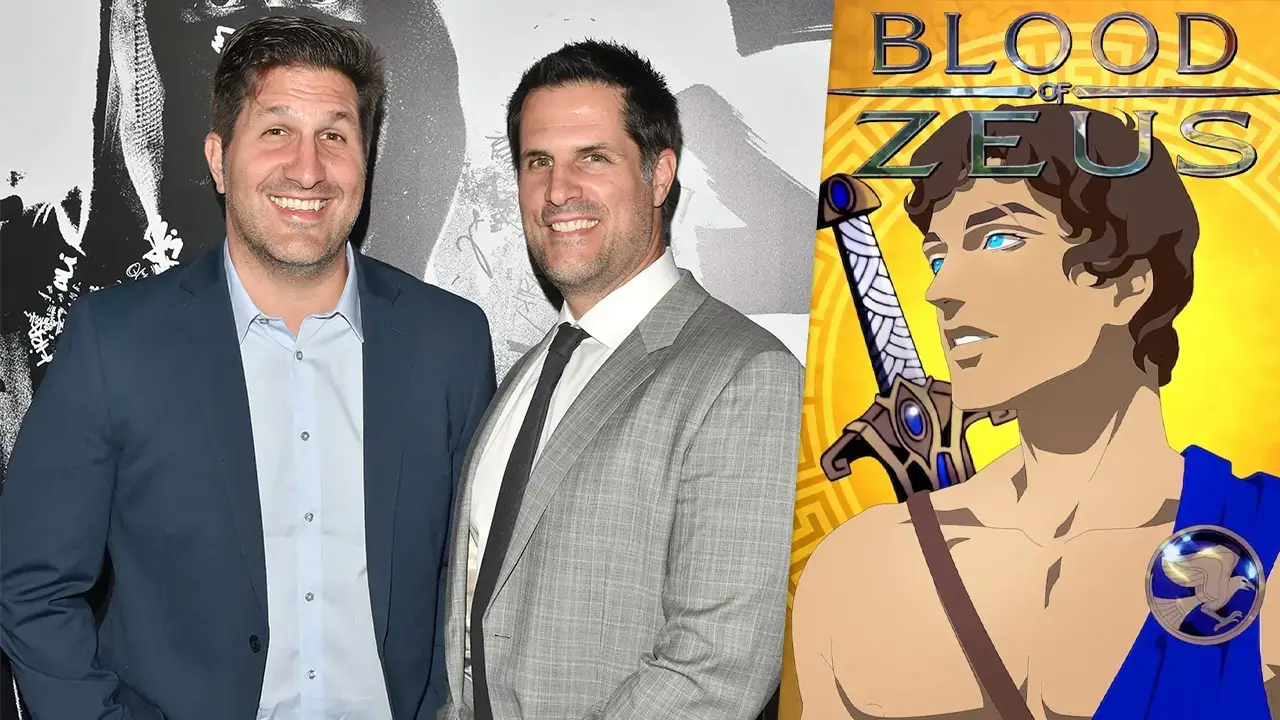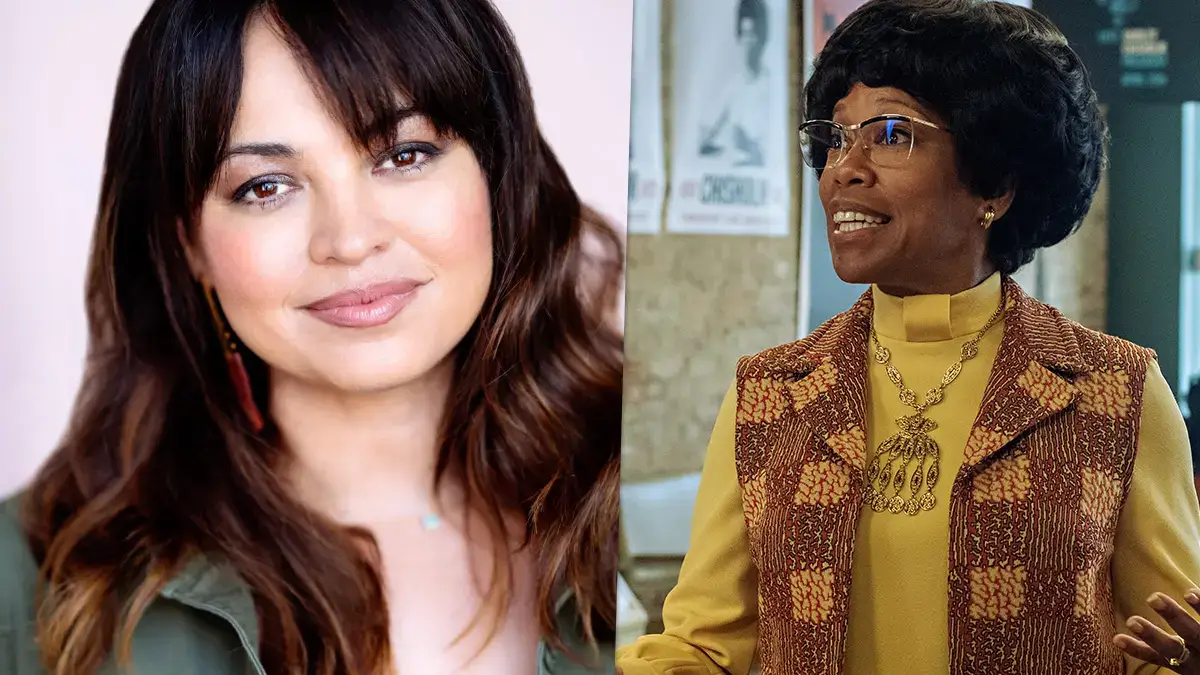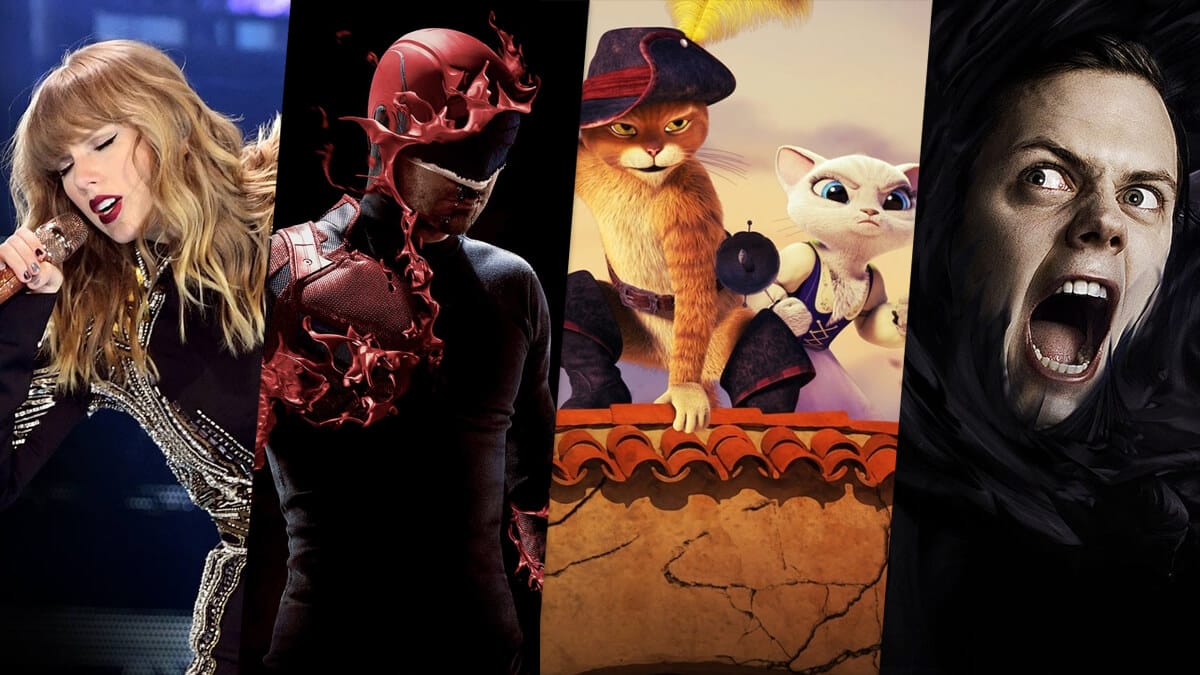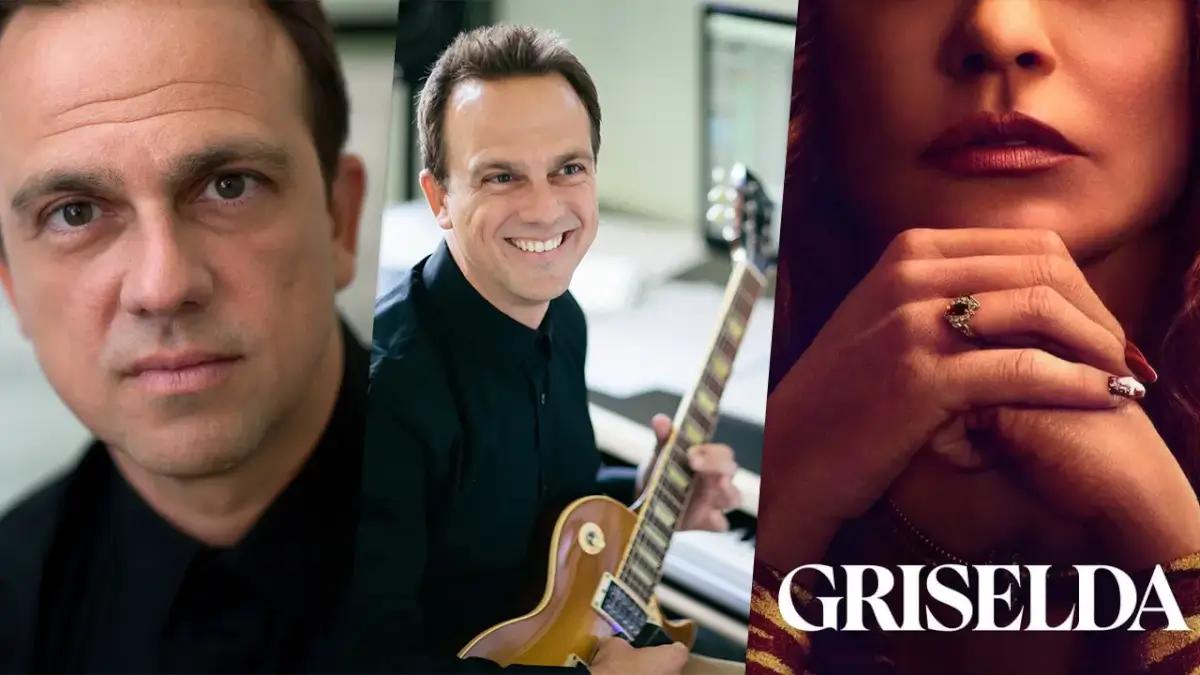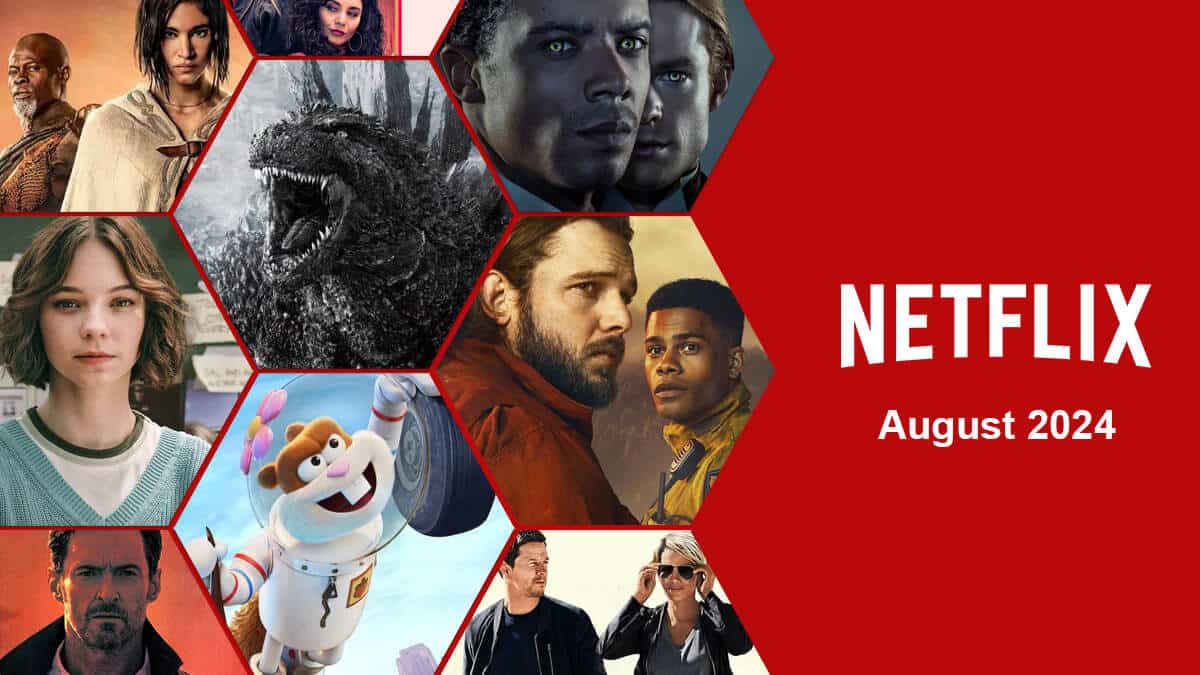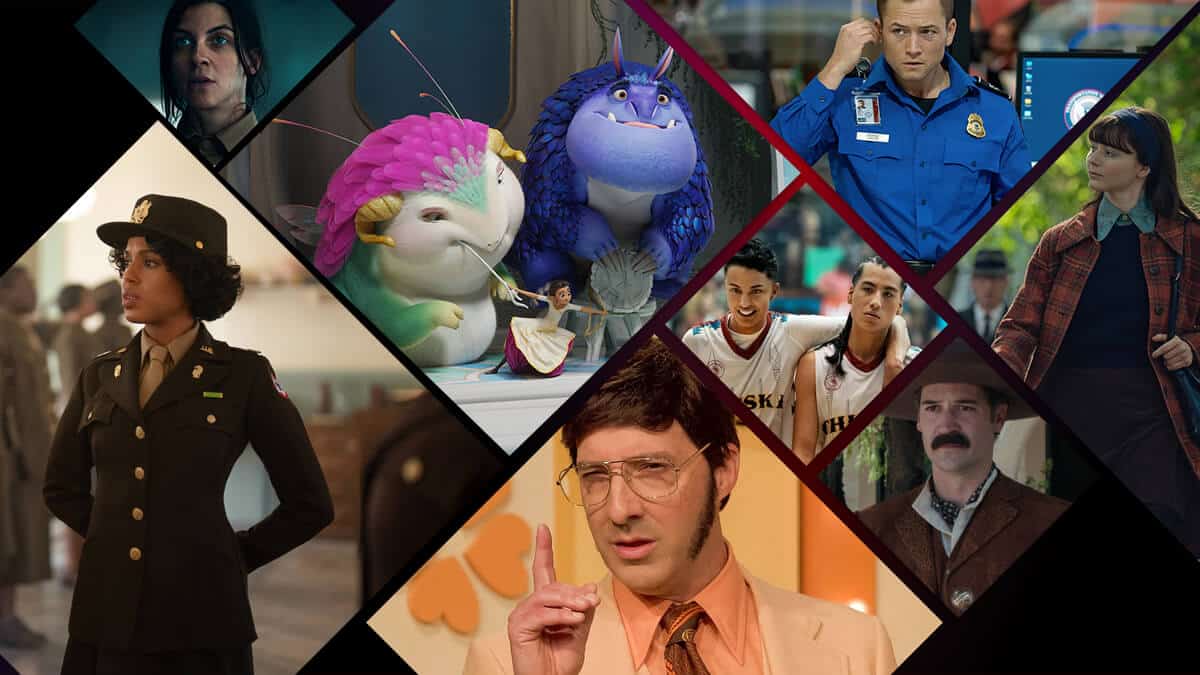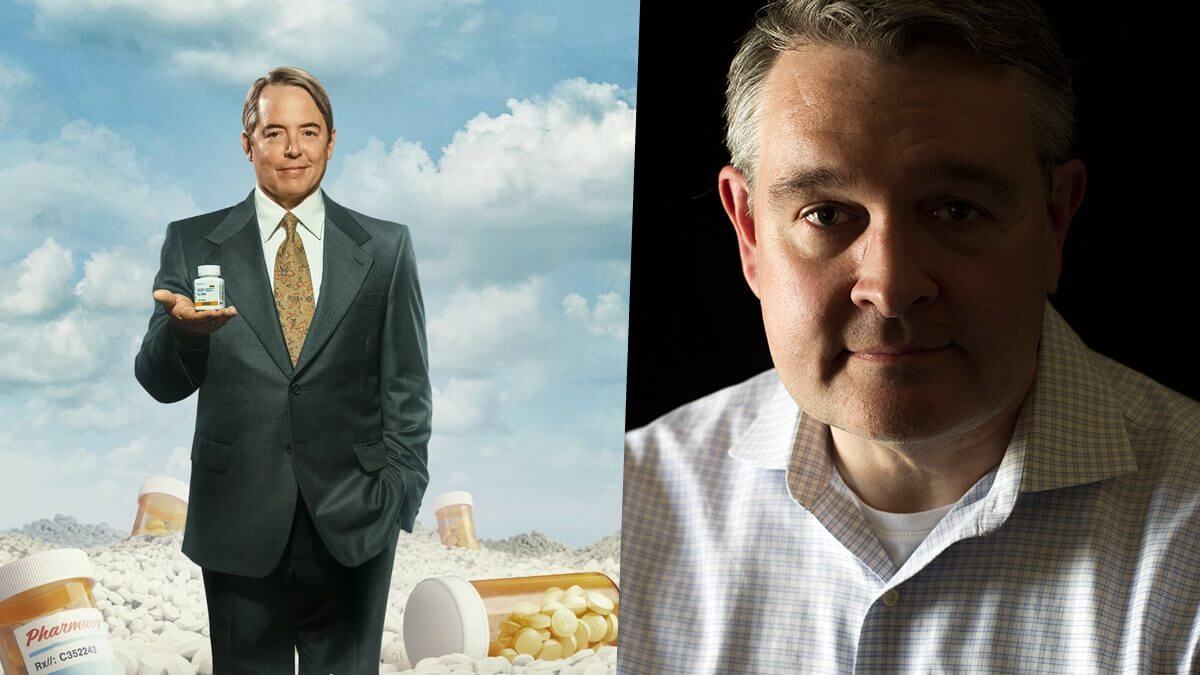
Painkiller and Geofrey Hildrew – Pictures: Netflix / Impact24PR
Nearly two weeks after its debut on Netflix, Painkiller continues to dominate in the global Netflix top 10 charts, with the show having picked up 10s of millions of viewing hours thus far.
For those unaware, Painkiller is the new limited series that seeks to look back at the origins of the opioid epidemic told through someone hooked on the pain medication, an investigator looking into the growing problem, and through Richard Sackler’s point of view as head of Purdue Pharma.
We got an opportunity to ask the editor behind the series, Geofrey Hildrew, who worked closely with Peter Berg, to help piece together the compelling end product that we got to watch and see the fictionalized story play out.
We got to ask why the story was important to him, asked about some creative choices throughout, how it was put together to tell the story from the various different perspectives seen throughout the limited series, and more about his career as an editor..
Hi Geofrey – thanks for taking the time – can you start off by telling us a bit about yourself and how you got your start in editing?
I remember the first time I became aware that there were artists “behind the scenes” who created movies. I was about six years old, and my family took a trip to New York City. We went to visit the Museum of Modern Art, and there was an exhibit featuring Ray Harryhausen’s work. That blew my young mind. At that moment, I knew I wanted to make movies.
My parents are both medical professionals, so they instilled the importance of education from a very early age. When I decided to become a filmmaker, I figured I had to go to film school. As an undergraduate at Columbia University, I decided it was important to get a background in story and character. So, in addition to my film studies, I majored in English Literature. While I was an undergraduate, I was fortunate to have two high-profile internships in development. First in Los Angeles at the Steve Tisch Company and later back in New York with Barbara DeFina at Martin Scorsese’s Cappa Productions. What amazing mentors! **Coincidentally, I was in the same graduating class as Patrick Radden Keefe, who is one of our executive producers and wrote the New Yorker article “The Family That Built the Empire of Pain,” which our story is partially based on. Sadly, we did not know each other at the time.
I didn’t begin studying editing until I started my graduate studies at the University of Southern California. Though I was concentrating in directing, I very quickly realized how much I enjoyed the art of editing. It seemed like a natural fit for me because it utilized all my strengths — my passion for directing and my background in story and character. It was also an opportunity to have close collaboration with other directors and writers. What a wonderful way to learn from other amazing professionals. I spent as much time as I could in the cutting room, refining my craft.
Because of the relationships I made in the cutting room at USC, I secured my first “professional” job as an assistant editor quickly after graduating. I responded to an ad on an entertainment career job board that was answered by someone who knew me from the cutting room at USC. She hired me on the spot because she knew my passion for editing. The job was for a reality show called 10 Things Every Guy Should Experience for Spike TV. I made relationships there that led me to my next job on ABC’s Bachelor and Bachelorette franchises. After working on about a half dozen different shows, I quickly made the transition from assistant editor to editor.
Reality TV doesn’t always get a tremendous amount of respect, but I don’t think there’s a better place to practice your craft as an editor: You’re working with tremendous amounts of material to shape story and character; you’re working with many different personalities in the cutting room; but also, you’re tasked with creating the story. It’s really hard work. As I continued to feel more and more confident in my skills, I next transitioned to the world of scripted TV and feature editing (and later episodic directing).
WoN: Can you talk about your role on the show? How do you work with the director and writers to tell the story? How many episodes did you work on and how big was the team of editors?
Before Painkiller, I previously worked with producer Eric Newman on the Netflix series True Story. Because of my relationship with Eric, he introduced me to Peter Berg, who hired me on the project. Pete was always present in the cutting room. He encouraged us to experiment and play with editorial styles. I’ve said this in interviews before, but his mantra was always, “be fearless.”
Pete is a very gifted filmmaker. He’s a feature film director, he’s an actor, and he’s a documentarian. Stylistically, he utilized all those skill sets in the way he approached Painkiller. The footage was an embarrassment of riches, and there was so much delicious film to play with. He was never afraid to improvise, and he encouraged us to do the same. As we worked on cuts, it became clear that we needed to approach every scene as an “experience.” What are we trying to say, and what do we want the audience to feel? This further liberated us to try different editorial techniques, styles, and tonalities.
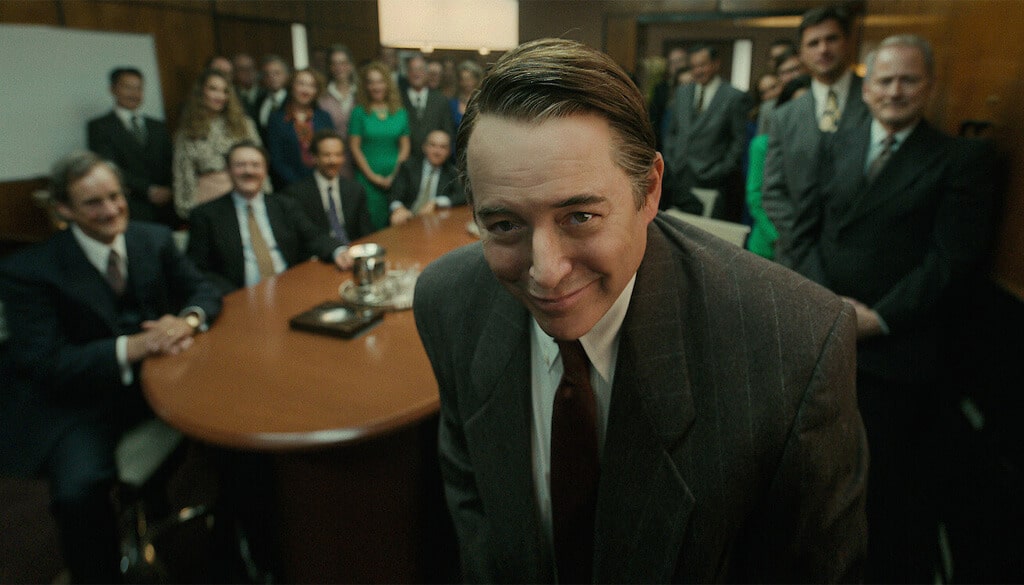
Picture: Netflix
Our cutting room was quite small. We started with only two editors and two assistants. I cut the odd episodes (1, 3, and 5), and my colleague Garret Donnelly cut the even episodes. We were extremely collaborative and were always eager to bounce new ideas off one another. Scott Pellet, my former assistant, later got promoted to VFX editor, so he was also a valuable part of the team.
WoN: Looking through your library of work, I see mostly fictional stories compared to Painkiller, which is based on true stories – does that change your mindset heading into the project as you’re telling a story on behalf of others?
I started my career in reality television, which is also based on “true stories,” so I didn’t feel outside my comfort zone. In the case of Painkiller, even though it’s based on true stories, it’s still a dramatic interpretation of those stories. Part of what makes this project so unique is our ability to play with those different styles as we shift between different characters and timelines.
I had some very personal reasons for wanting to be involved with this project. Four years ago, my 3-year-old son passed away. Shortly after, we connected with a support group for other grieving parents. I got to know so many other people who lost children to drugs and opioids. When Eric and Pete brought this project to me, I knew what a tremendous responsibility it would be to tell this story.
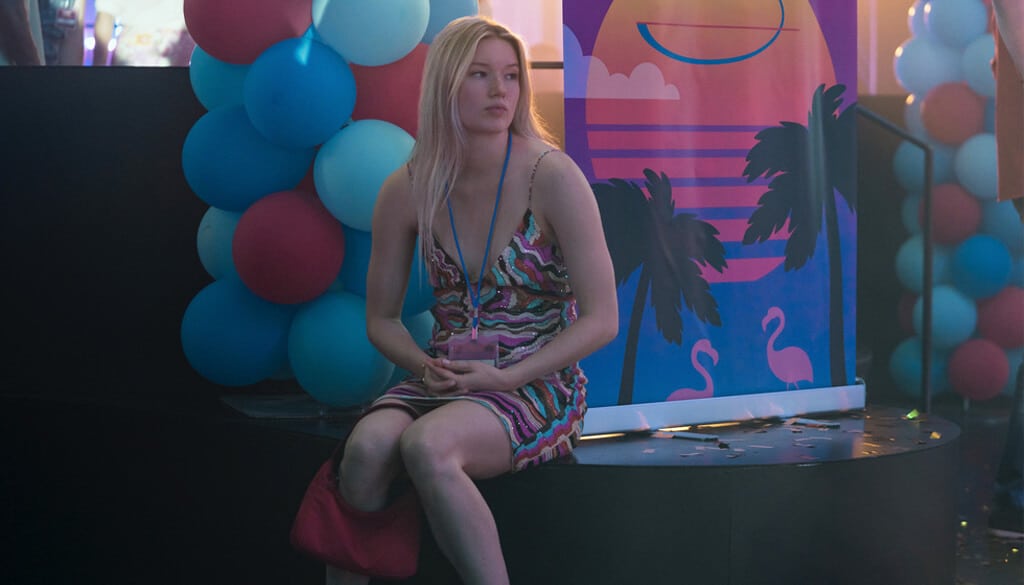
Picture: Netflix
WoN: Each episode has you weaving through multiple perspectives on the opioid epidemic from the point of view of an addict, a sales rep, the investigators and the top level. How do you map out how long you give to each perspective? Were any perspectives easier to map out than others?
It all started with the scripts and Pete’s brilliant directing. Once we had everything assembled, we started getting a little more creative with the way we wanted to present our story to the audience. We constantly scrutinized our cuts by asking, “what do we think the character is experiencing at this moment?” “What do we want the audience to be experiencing at this moment? As an editor, it was my job to align those ideas.
Each character has a different entry point into the story of the opioid epidemic. At that entry point, each character has a different attitude about what is happening to them (and around them). As the story progresses, those relationships are constantly evolving. That helped dictate a lot of the cutting style and tempo. Where is each character now in their journey, what’s happening around them, what is their perspective about it? Those were the questions we constantly asked. Edie’s (Uzo Aduba) story, in the deposition room, is the only one that’s fairly linear. She’s the reluctant storyteller who narrates the story of OxyContin.
We created a giant storyboard in our offices, with every scene from all six episodes mapped out across two full walls. As the cuts continued to evolve, we’d spend a lot of time rearranging those storyboards and considering different narrative options. Because of the multiple perspectives, and time periods, it was important for us to be able to see all six episodes mapped out at once. This helped give us a sense of balance — how much time we were spending in each story, what was the right moment to introduce a new idea, when had we overstayed our welcome, and how did each storyline interact with the others.
In some ways, episode one was the biggest challenge because everything is new. We have a lot of characters to introduce, we have multiple timelines, and we have lots of facts and information. It’s a lot to digest. We needed to ensure we were servicing all of that and hopefully doing it in an entertaining way. Since we were taking some big swings with editorial style and tone, and it’s not always linear, we needed to figure out a way to teach the audience the visual language of the show. These were fun obstacles to overcome.
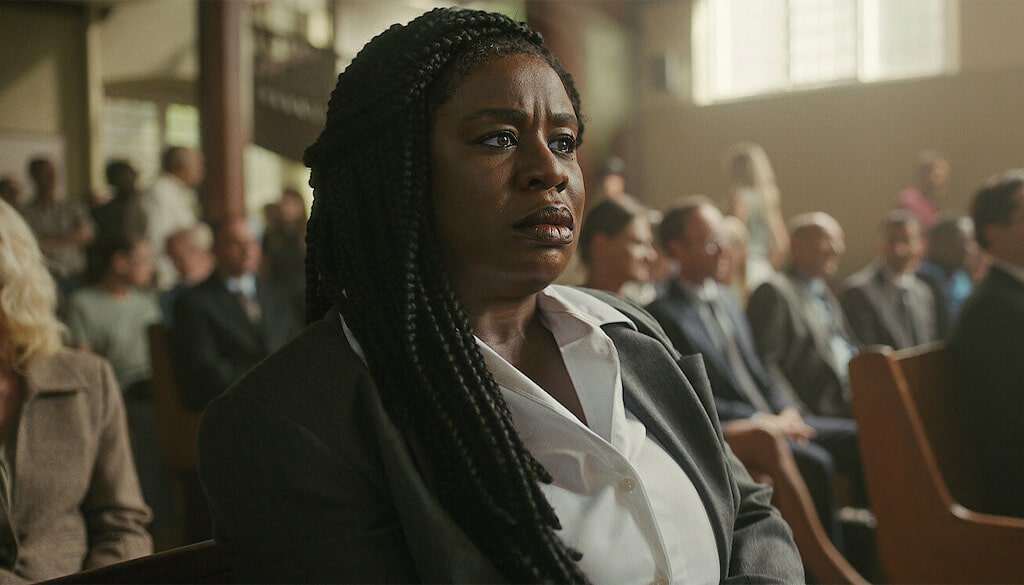
Picture: Netflix
WoN: During the party scenes in episode 5, the song sung on stage had rather joyful sing-a-long subtitles. In fact, numerous times throughout the show where Richard Sackler is featured is rather upbeat – can you tell us a little more about the decision to go in this direction?
This goes back to something I brought up in my previous answer. What is Richard Sackler’s entry point into the story? Well, I think we can argue he is the story. Further, what is his attitude about what’s going on? I think the answer to this is a little more complex. But hopefully, the editorial techniques we’re using to present his story say something about his attitude. He’s kind of this P.T. Barnum-like character, at the center of a circus. Miami is the pinnacle of him and his powers, and he’s at the center of this whole thing. The world is burning around him, and he’s doing the Macarena!
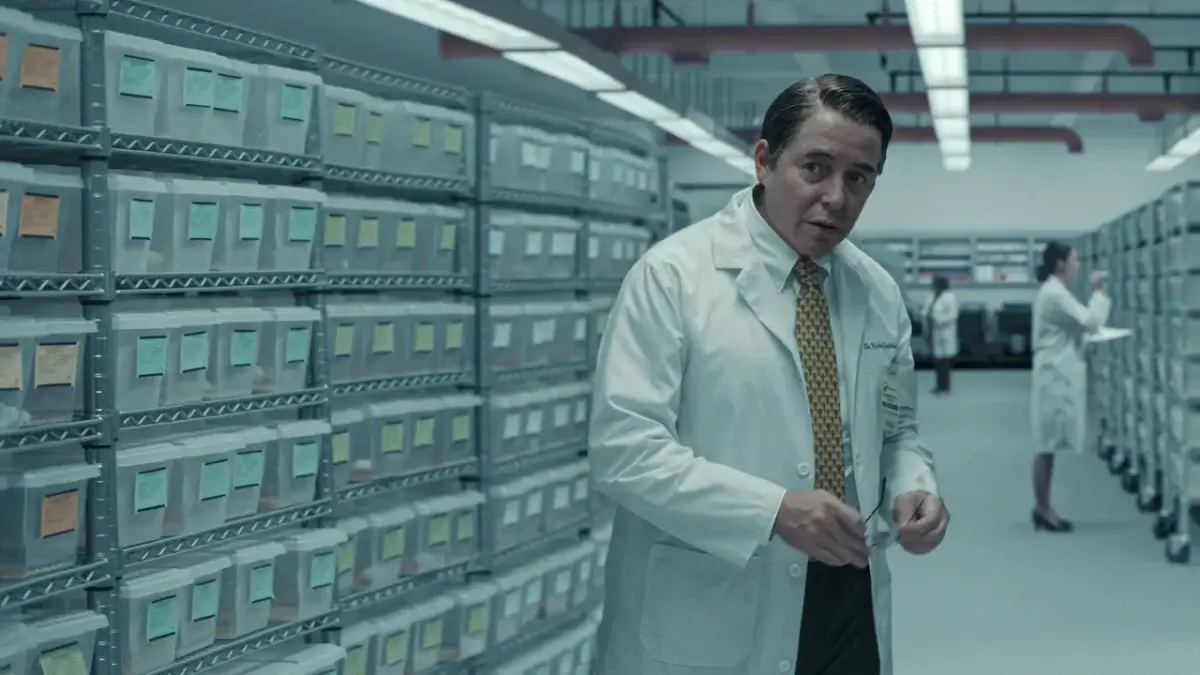
Picture: Netflix
Though we took some dramatic license, the Miami convention really happened. You can see some pieces of it in the fabulous documentary by Alex Gibney. While I was examining that footage for inspiration, I wanted to capture the feeling of what that event might have really been like. Again, it had that circus-like atmosphere: There were speeches; there was a band, who sang similarly joyful (and corny) songs to the crowd; there were a series of really strange corporate synergy / career building videos. It’s all pretty tone-deaf and wild, but it happened! We couldn’t show ALL of that in the confines of our episode, so we needed a shorthand to capture the spirit of the real-life event. That was the spark of the idea.
I was a little nervous about pitching the idea for the bouncing ball, but as Pete continued to hammer home the idea, “be fearless,” I was emboldened to give it a try. Everyone embraced the idea pretty quickly. When you see it, it’s pretty unexpected, right? Maybe even grotesque? You might not like the way it makes you feel, but that’s kind of the point. Hopefully, it helps capture the essence of what that Miami convention was really like.
Painkiller is streaming now on Netflix globally.
